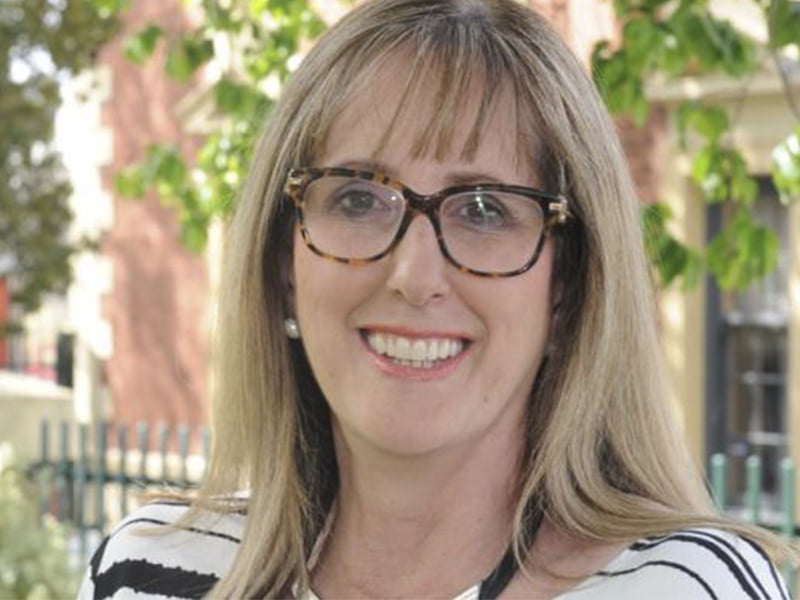Smaller cities like Bendigo present a huge opportunity to act as large-scale proof of concept projects for smart cities strategic policy planning, experts say.
Victoria’s Minister for Public Transport and Major Projects Jacinta Allan – who is also the Member for Bendigo East – told InnovationAus.com’s Intelligent Communities this week that the city had been working hard to build innovation thinking into the Bendigo DNA.
“We’re proud to claim Bendigo as a smart city. We do have a very Intelligent Community here in Bendigo – a community that embraces change and innovation,” Ms Allan said.

The central Victorian city last year initiated its Smart City Bendigo Alliance and has since called on the Federal Government to be recognised as a ‘smart city,’ presenting its strategy for a ‘Smarter Bendigo’ to the federal minister in February.
Last week, the City of Greater Bendigo became a signatory to the Global Smart City and Community Coalition. The community has also partnered with Victorian Department of Environment, Land, Water and Planning and Telstra to run a three-day hackathon in April on smart city themes.
“We are courageous and committed. In the past few years Bendigo has taken a strong leap forward and I believe we’re on a trajectory forward,” Bendigo Mayor Margaret O’Rourke said.
While the city was a good conceptual test-bed for the smart cities programs, the Intelligent Communities Forum heard that the ability to translate lingo into real, actionable benefits to the community is a continued challenge.
“If we want our community to be engaged and move forward positively, we need to work with people and take them on a journey around positive change,” said Birchgrove Property managing director Damian Tangey, who is also President of the Urban Development Institute of Australia.
According to Mr Tangey, it’s essential that we first ask ourselves why the community in question needs to change.
Environment, Land, Water and Planning secretary Adam Fennessy told the conference that smart cities policy was an equation that included not just technology, but the people element as well.
“We need to think about what smart cities mean to not only people in this room, but also to disengaged youth, disengaged indigenous people … We need to keep reminding ourselves what a smart city looks like with community at its centre”.
According to Mr Fennessy, it is key that government at all levels “connects with some very old technologies” and start listening and talking to people. “To create a smarter city requires a lot more than one or two voices,” he said.
Along with personalisation and a community-centric approach, the Forum also heard that sustainability programs were also key to intelligent communities.
To that effect, we need to make sure that smart cities programs take place, regardless of whether they have attracted government funding. Public funding should be viewed as a ‘nice-to-have’.
Mayor O’Rourke said Bendigo had a can-do, take-no-prisoners attitude. “There is no expectation of a hand-out.”
Rather, the City of Bendigo viewed a sustainable approach to intelligent communities as including seven pillars: smarter governments, technology, people, resources, financing, health and measurements.
“I think local government’s role is changing. It has been very much a regulatory role but there is a collaboration piece that is starting to come more to the fore,” she said.
The consensus at the forum was that the concept of smart cities still exists in a wind tunnel, and that the language used is often alienating to the people industry and government really need to engage with.
“Smart is a loaded term. It is a problematic word for us when we’re developing that communication plan to bring citizens on board,” according to of Bendigo Business Council CEO Leah Sertori.
“If Bendigo is to be known globally as one of the great small cities in the world, we need to better explain initiatives to the community,” Ms Sertori said.
“One of the greatest challenges we face in Greater Victoria is that life is pretty good. That makes it harder to explain and communicate the value,” she said.
“We can have all the kit in the world, but if we don’t have people who understand how to leverage it the community will not realise the true benefits.”
Do you know more? Contact James Riley via Email.

